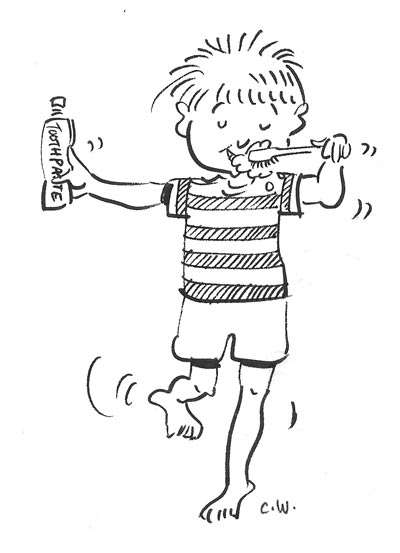|
|
The Tinsley House Clinic approach to ADHD |
The autumn issue of the HACSG journal reviewed Dr Robin Pauc’s book, Is that my child? Dr Pauc would expect improvements, which include better eye movements, improved concentration, reading and writing skills and a huge reduction in ‘silly behaviour’, should kick in after four to six weeks. There are a number of clinics across the UK who use the Tinsley House methods listed on www.tinsleyhouseclinic.com. Dr Pauc’s book, Is that my child? is published by Virgin Books at £10.99 Click here for more research reports on treatments for ADHD. First published in February 2007 |













